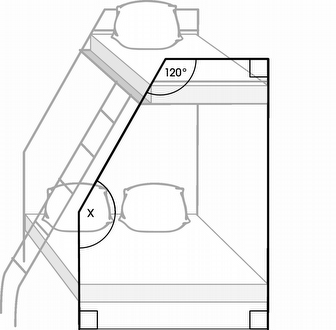My Vision:
To make all students participators in the math classroom.
What does it mean to make students participators in the mathematics classroom?
What does it mean to make students participators in the mathematics classroom?
- To make students participators in the mathematics classroom means that students are actively engaged in the learning process, taking part in instructional activities instead of exclusively listening to a lecture.
How do students become
participators in the mathematics classroom?
- Through communication: every student should learn to communicate about mathematics. This can happen through classroom discussions and small group conversations. Technology can assist in communication through texting and social networking sites such as Edmodo.
- Through exploration: students gain a much deeper understanding of mathematics if they are given opportunities to discover mathematical concepts for themselves. This can be achieved through technological applications that let students visualize mathematical concepts, through inquiry based-learning projects where students are asked to investigate a mathematical question or problem, or any other means of student-driven discovery.
- Through critical thinking and reasoning: students should analyze mathematics by recognizing patterns that they observe or discover and logically developing mathematical arguments based on their observations. These reasoning skills are a critical part of the mathematical skills they will need for their future careers.
- Through collaboration: cooperative learning activities enhance all of the above activities, by allowing students to learn from each other and sharpen each other’s ideas.
Why should students become participators in the
mathematics classroom?
- Participation increases student motivation. Students are more interested in mathematics when they are involved in the learning process!
- Participation engages students in the classroom. When students are exploring math through hands-on representations or technological tools, or when they are reasoning about math and discussing ideas with their peers and teacher, they must use all of their senses in the learning process. This makes mathematics more concrete and easier to understand.
- Participation provides real opportunities for differentiation. When students are exploring math, or developing mathematical arguments, a teacher can provide different levels of exploration and critical thinking for students who are at different academic stages. More advanced students can be driven to dig deeper than other students. The teacher can provide scaffolding interventions for students who need them.
- The Common Core Standards demand student participation in the math classroom. Mathematics Practice #3 requires students to “construct viable arguments” (critical thinking) and “critique the reasoning of others” (communication and collaboration). Practice #4 requires students to “model with mathematics” (explore real world scenarios with math). Students are also required to “make sense of problems” (#1), “reason abstractly and quantitatively” (#2), and “look for and express regularity in repeated reasoning” (#8), which require critical thinking and are enhanced by exploration, communication, and collaboration.



